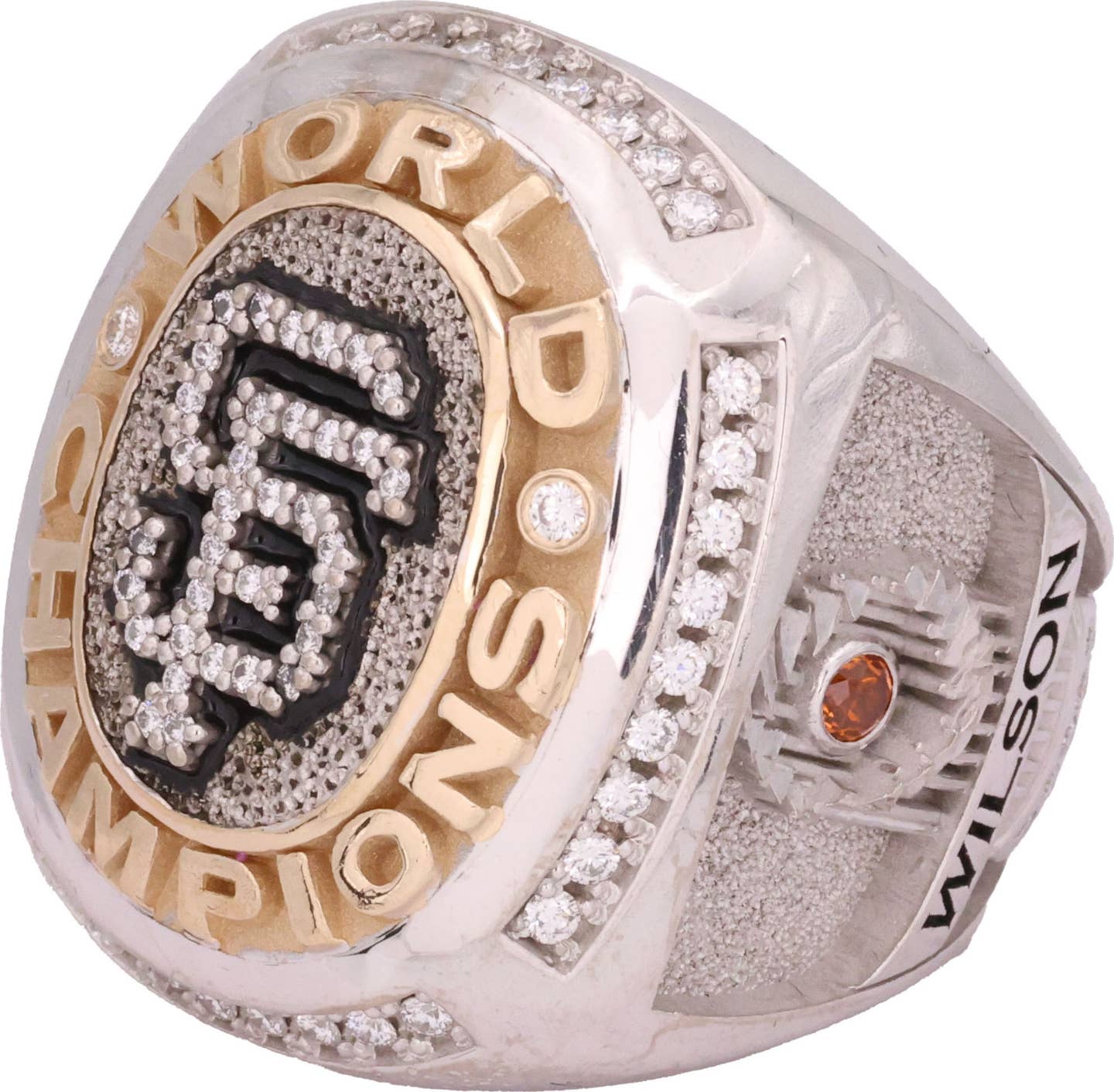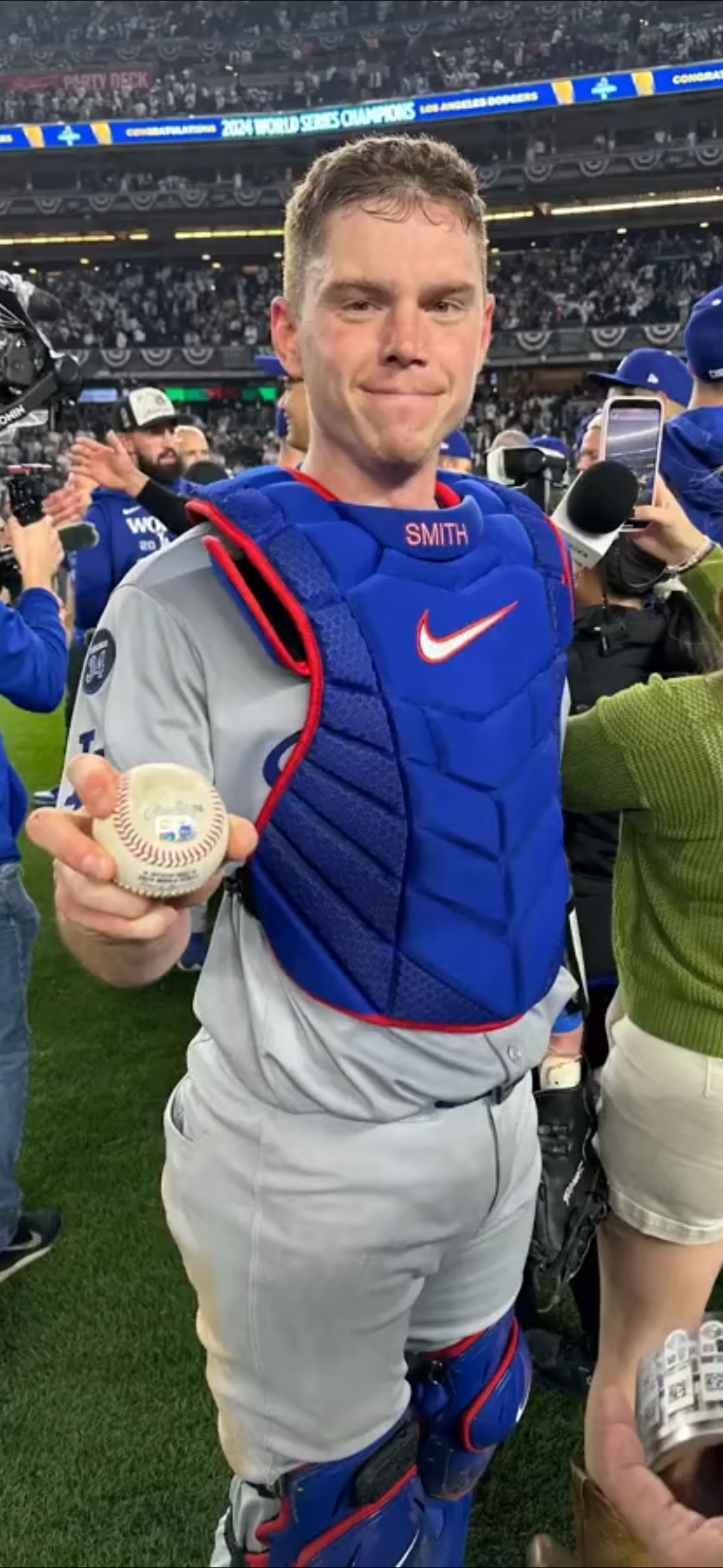
Memorabilia
Strip cards from a bygone era still have their allure
By Doug Koztoski
Toeing the rubber strip on the mound in Chicago, the lefthander for the Boston Red Sox hurled a complete game shutout in Game One of the 1918 World Series. The southpaw added another excellent pitching performance, and some timely hitting later in the matchup, to largely lead Boston to World Champion status during that September a century ago, just two months before the end of World War I. That Bosox pitcher: Babe Ruth.
About a year and a half after that Series, Ruth started his career with the Yankees, where he primarily played outfield, blasted hundreds of home runs and figured prominently in that New York franchise winning many Fall Classic titles during the Roaring Twenties and early 1930s.
During much of Ruth’s legendary reign, sports cards in general had a relatively limited profile, and many of those showed up in strip fashion, as in often raggedly cut or torn from a strip of cards given to consumers at the point of sale of other items, chiefly gum or candy.
Sometimes consumers received one card, on other occasions a few, but many of the crudely drawn and/or sparsely designed “strip” cards of the time where opposite of Ruth’s flair, as well as the era’s general style, which also saw the rise of jazz music, radio, and the transition of the burgeoning movie industry from silent to sound films. The often amateurish-looking cards, by the way, were normally blank backed.
Many strip cards, which carry the “W” designation via the American Card Catalog, featured sports figures, with an emphasis on baseball and boxing, as well as movie actors and aviators.
Collecting strip cards since the late 1980s, Steve Peltz owns about 100 of them across ten sets.
“Strip cards appeal to me because they have a unique simple look and very elementary colors,” Peltz said. “Some of them almost looked like comic strip drawings that portrayed ballplayers from the 1920s and ’30s.”
Peltz deemed the current popularity of strip cards as “extremely high,” but added that when he initially picked up some of them it was a different story.
“When I first started collecting them in the 1980s, nobody wanted them. You could buy them for $3-$10 each and maybe $25 for a Hall of Famer. Now, prices are sometimes 20 times that for an Excellent or Near-Mint example.”
Of the many small strip card issues of the time, Peltz has a particular favorite.
“I especially love the W515-1 set from 1923. It is full of Hall of Famers, the simple drawings are clear and sharp and the colors are vivid and bold,” he said.
Peltz noted that most strip cards were made on the cheap.
“They were printed on very poor paper stock and have a high acid content, so they turn brown over the years,” Peltz added.
The W515-1 set, he emphasized, is a bit of an exception.
“Even though it was not printed on the best paper stock, it was much better than most and many of these cards can still be found in a nice creamy white color,” he said.
Among the W515-1 Hall of Famers: Ty Cobb, Casey Stengel, Tris Speaker, Walter Johnson and two Ruths.
Do my eyes deceive me?
Unfortunately, some strip cards have been counterfeited.
Often artificially aged, the fakes often look the part and then are put out in the hobby to try and bilk unsuspecting collectors—or general consumers, for example, who might be buying a strip card as a gift.
Some say Ruth and Cobb cards are some of the most consistently faked under the strip umbrella. A few available reprints actually have “reprint” printed on the card backs, but even those may have been altered by some, as in erasing the printing, in attempts to scam someone. So, buyer beware.
Unless one is fairly familiar with strip cards, especially when laying out any bigger money for them, it is recommended going the professionally graded route.
Another sunrise or sunset for strip cards?
While fake strip cards have surfaced in the Hobby, the appeal of the authentic ones is real and looks to stick around well into their second century of life. The question remains, “How popular will these cards be in the coming decades?”
Peltz thinks that is hard to predict with a great deal of certainty, of course, mainly due to relatively few of the cards surviving in nice condition, for various reasons.
“Card sets exhibiting the highest popularity often have plenty of high grade examples on the market that collectors may purchase,” Peltz said, “even if prices are high.”
But it seems, to a degree, that since strip cards in many cases are the runts of an era, they will have a solid enough ongoing popularity partly due to their novelty appeal—and because, at least for now, they are still relatively low-priced, with some of the off grade commons in the $10-$20 range, at most.
And Peltz noted one other potential point of appeal for these 1920s period cards: The Cooperstown Effect.
“Many early Hall of Fame baseball players are only available on strip cards, if you want an authentic card made during their playing career,” he said.
The hobbyist’s W515-1 Ross Young (sic) (Youngs) strip card in PSA 9, for instance, is among the highest graded cards of any description from the Hall of Famer’s career.
“I bought it as part of a longer strip and sent it to PSA myself,” Peltz said. “It is one of my most prized possessions from my collection.”
Doug Koztoski is a frequent freelance contributor to Sports Collectors Digest. He can be reached at dkoz3000@gmail.com.








